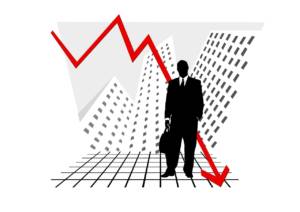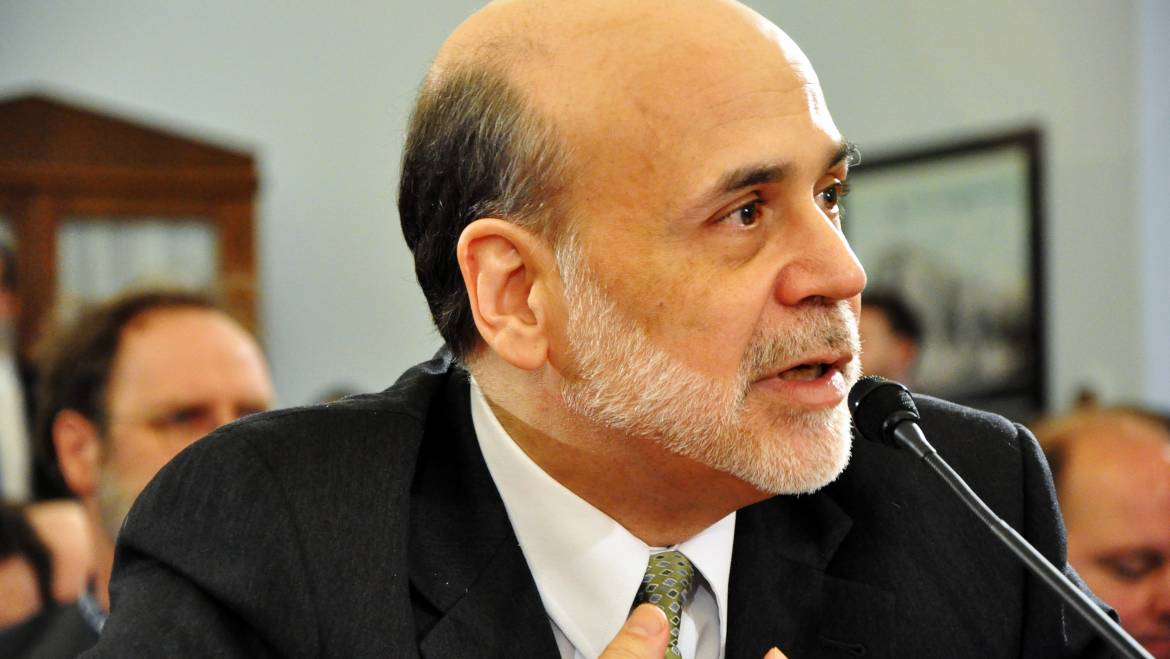Over the past few years economists, particularly in Europe, have been floating the idea of banks charging negative interest rates. This idea has picked up steam lately as economic leaders continue to flail about, trying to find some way to “stimulate” the global economy. Most recently, Ben Bernanke, the former Chairman of the U.S. Federal Reverse, stated that negative interest rates are something the Fed “will and probably should consider.”
Also read: Obamanomics in 9 Charts
What are Negative Interest Rates?
Traditionally, banks have paid their customers a small amount of money – an interest rate – for the ability to hold their money. Why would banks do this? Because they aren’t actually holding the money, they are investing it. So if they invest it at, let’s say, 5%, they don’t mind passing on perhaps 1% of that to their customers. It encourages people to save their money and keep it at the bank.
Under negative interest rates, this gets flipped upside down. Instead of paying savers for the ability to invest their money, banks would instead charge those savers for the “privilege” of letting the banks invest their money. Instead of making 1% on your savings, you pay 1%. Eventually, if you simply leave your money in the bank, it will disappear as the bank continues to charge you for holding your money.
Note that in recent years, with interest rates kept artificially low by the Fed and inflation targeted at around 2% (although the actual inflation rate is most likely much higher), savers technically have incurred a negative interest rate on their savings. For if you receive 0.5% interest, but inflation is even the “official” 2%, your holdings are decreasing in value over time. But the call for actual negative interest rates makes this decrease even greater.
Why?
Why are global leaders pushing for lower and lower interest rates? Simply put, they want to punish savings, and reward spending. This is the key feature of Keynesian economics – in order to stimulate an economy, we need people (and governments) spending, spending, spending. It doesn’t really matter what they are spending it on, what matters is simply that money is exchanging hands in the economy.
But this is flawed thinking. Both saving and spending are necessary for a healthy economy. Spending is obviously necessary, for without it, there would be no economy. But saving is just as important, for it allows for investment for future goods and services. Having no one saving is a very short-sighted objective, one that eventually collapses upon itself, for companies aren’t able to invest in future projects.
Real-world Consequences
This isn’t just a theoretical problem – it has real world consequences. Recently, a retired family member was complaining that her money-market account just paid out a few dollars every six months. She wanted to know if she could put the money anywhere else so it would grow (and just keep up with inflation). I basically had to tell her, no, that in her situation (over 70 years old), there was nowhere with low risk that could pay out a greater rate of return.
I basically had to tell her, no, that in her situation (over 70 years old), there was nowhere with low risk that could pay out a greater rate of return.
What low and negative interest rates do is push people to more and more speculative investments. Since a boring savings account doesn’t pay out, then what does? This drives stock prices artificially higher, and also leads people to take greater risks with their money than they would normally. It is a house of cards that will eventually collapse upon itself.
Solution
So what is the solution? The short answer is to simply abolish central banks like the Fed. Allow the free market to determine interest rates – when more savings is needed, interest rates will rise; when more spending is needed, they will fall. Such a solution is considered radical today, but that is only because the true radicals – the Keynesians – are currently in charge of the global economy. Let’s pray that they lose that power before there isn’t much of a global economy to speak of.
Another solution: Bitcoin.

